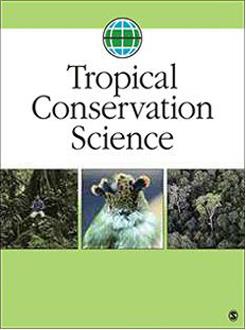Though large felids are flagship species for wildlife conservation they are threatened due to various anthropogenic impacts. Mapping spatial patterns and quantification of threats to large felines can help conservation planning and resource allocation. The Leopard Panthera pardus, is categorized as Vulnerable by the IUCN as it faces a variety of threats. However, quantified data on the threats faced by leopards is scant. Hunting of wildlife using wire snares is one of the severest threats in India and elsewhere. Snaring, one of the simplest and most effective hunting techniques impacts other non-target species like the leopard. In this study, we document the spatial and temporal trends of snaring of leopards from India. Through content analysis of newspapers and news portals for the period January 2009-December 2020, we documented 113 incidents of leopards caught in snares of which 59.3% (5.5 leopards/year) resulted in mortality of leopards. Most snares (97.5%) were set to catch wild prey. Of the 84 incidents for which exact location details were available, the proportion of leopards caught in snares (54.7%, n = 46) and resulted in mortality (50%) in human-dense areas was significantly higher depicting an elevated threat from snares in these landscapes. Results from Generalised Additive Model indicated that snaring incidences increased with human population density. Percentage of protected area to the geographical area within a district had little impact on the number of snaring incidents. The study results could help threat monitoring and conservation programs for leopards, especially outside the protected area system.
How to translate text using browser tools
16 July 2021
Quantifying Wire Snares as a Threat to Leopards in Karnataka, India
Sanjay Gubbi,
Aparna Kolekar,
Vijaya Kumara

Tropical Conservation Science
Vol. 14 • No. 1
March 2021
Vol. 14 • No. 1
March 2021
content analysis
edge effect
human-dense areas
large carnivores
law enforcement
Panthera pardus





